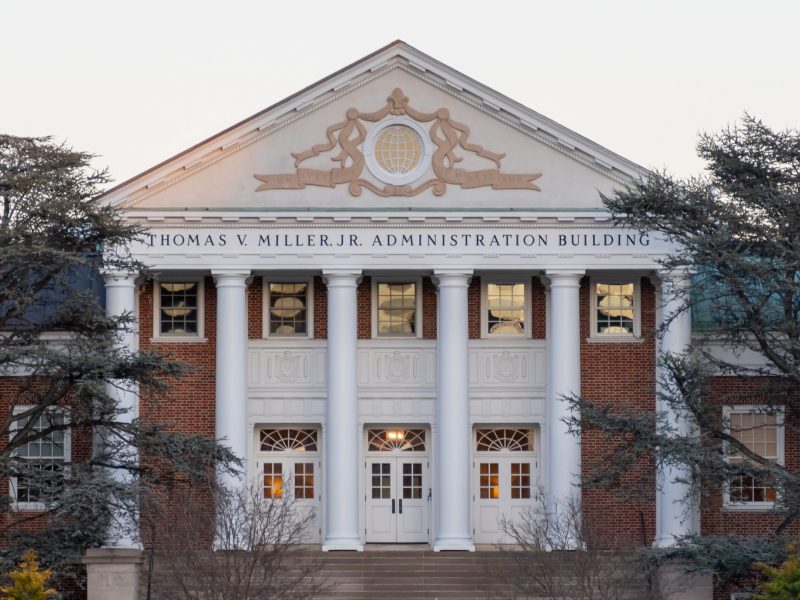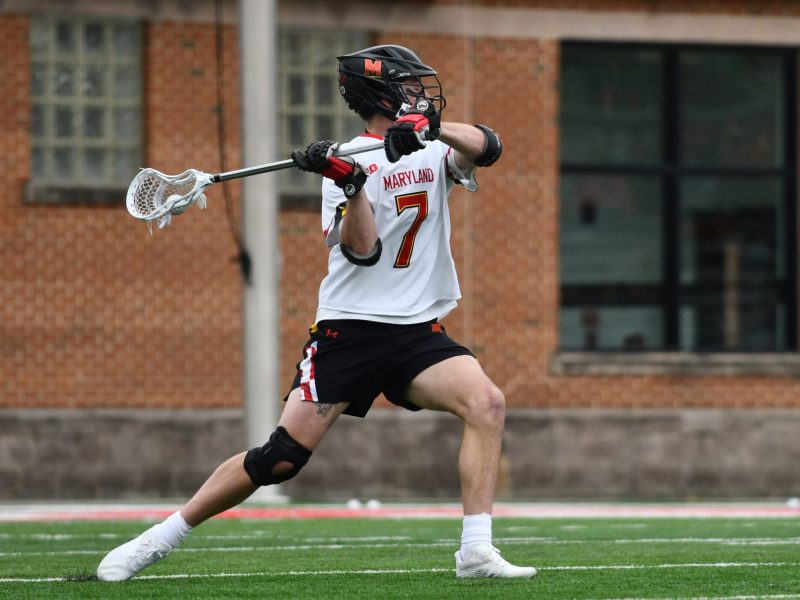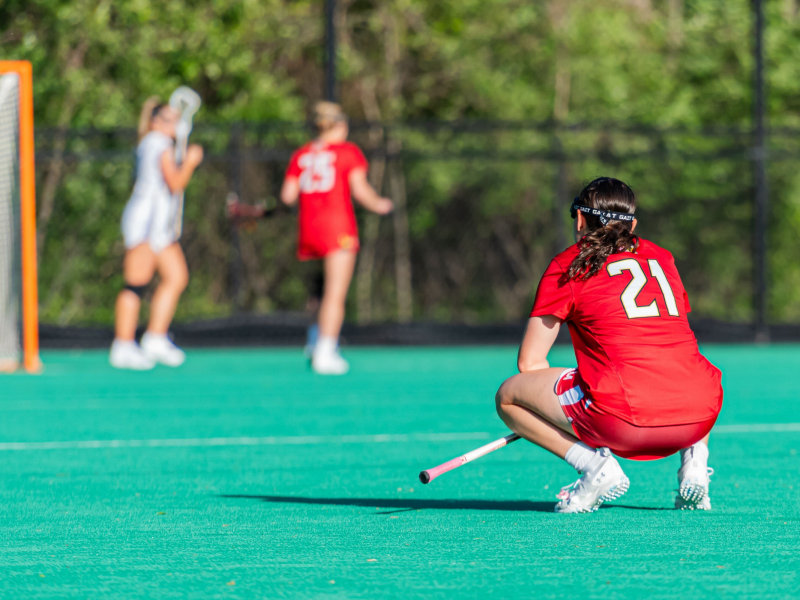
Facilities Management began construction in J.M. Patterson last month to create the Siegel Learning Center, a state-of-the-art technology hub to be the centralized location for Distance Education program faculty.
Beginning next fall, the university will be able to educate dozens more students across the state under one roof with the creation of a new online learning hub.
The engineering school’s Distance Education program — which has offered video teleconferencing technology connecting undergraduate and graduate students to the classroom for decades — will soon have a new home on the campus as the Siegel Learning Center in J.M. Patterson, gaining the capability to expand online courses to even more students.
Marty Ronning, the assistant director of Distance Education Technology and Services, said the center will help the university serve more students statewide, despite the fact that the university possesses limited funds to hire more faculty and a classroom deficit of 70,000-square-feet on the campus.
“This could go a long way in satisfying the University System of Maryland mandate that all the campuses increases their enrollment,” she said.
Director of Educational Development and Communications Paul Easterling said out of the university’s 600 graduate engineering students, about half earn their degree through the Distance Education program.
Although the majority of the courses currently offered are for graduate engineering students, Easterling said he would like to expand the curriculum to other disciplines on the campus and eventually to undergraduate students.
Facilities Management began construction of the center in J.M. Patterson last month and it will open in the fall. Facilities Management Operations and Maintenance Director Jack Baker said the funds were a gift from a past director of the Distance Education program.
“It will be a very well known, sophisticated, state-of-the-art teaching facility,” he said.
For at least the past 20 years, the programs were housed in various rooms in the campus’s engineering buildings.
The program will now exist in one area built specially for video conferencing with high-definition video cameras and video annotators.
Several students said they were concerned the university’s emphasis on technology could result in students living on the campus being forced to choose an online version.
“I think it’s a very useful tool, but I don’t think anything can replace the authenticity of coming to class,” said sophomore accounting and finance major Tyler Gordon.
Others, such as sophomore communication and economics major Alex Reynolds, said they would take advantage of the opportunity if they knew the course would be equally strenuous as a traditional class.
“As long as there’s no compromise in the workload and the expectations of the graduate students because of the way that they are being taught, then I don’t see a problem with it,” he said.
amenabar@umdbk.com


